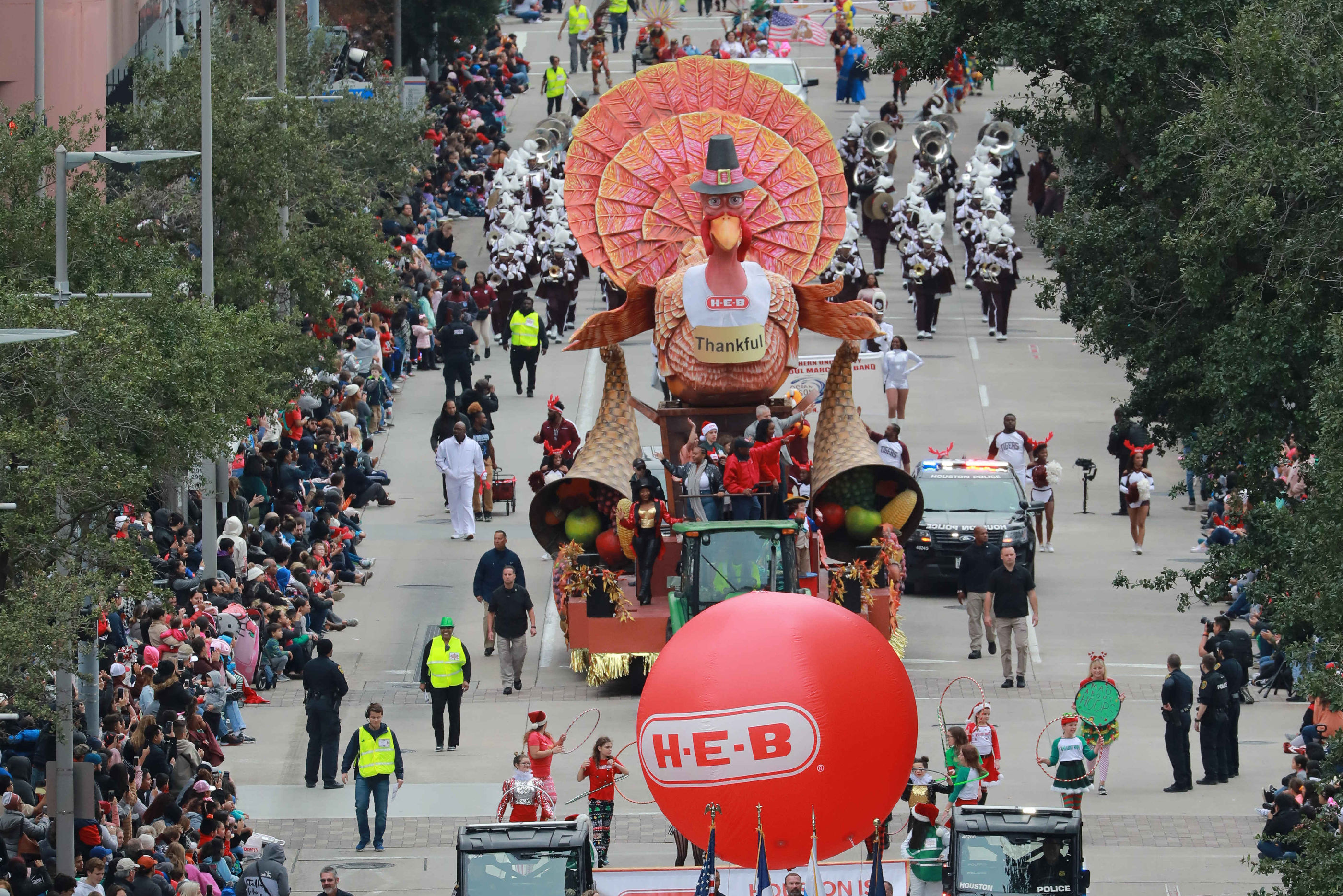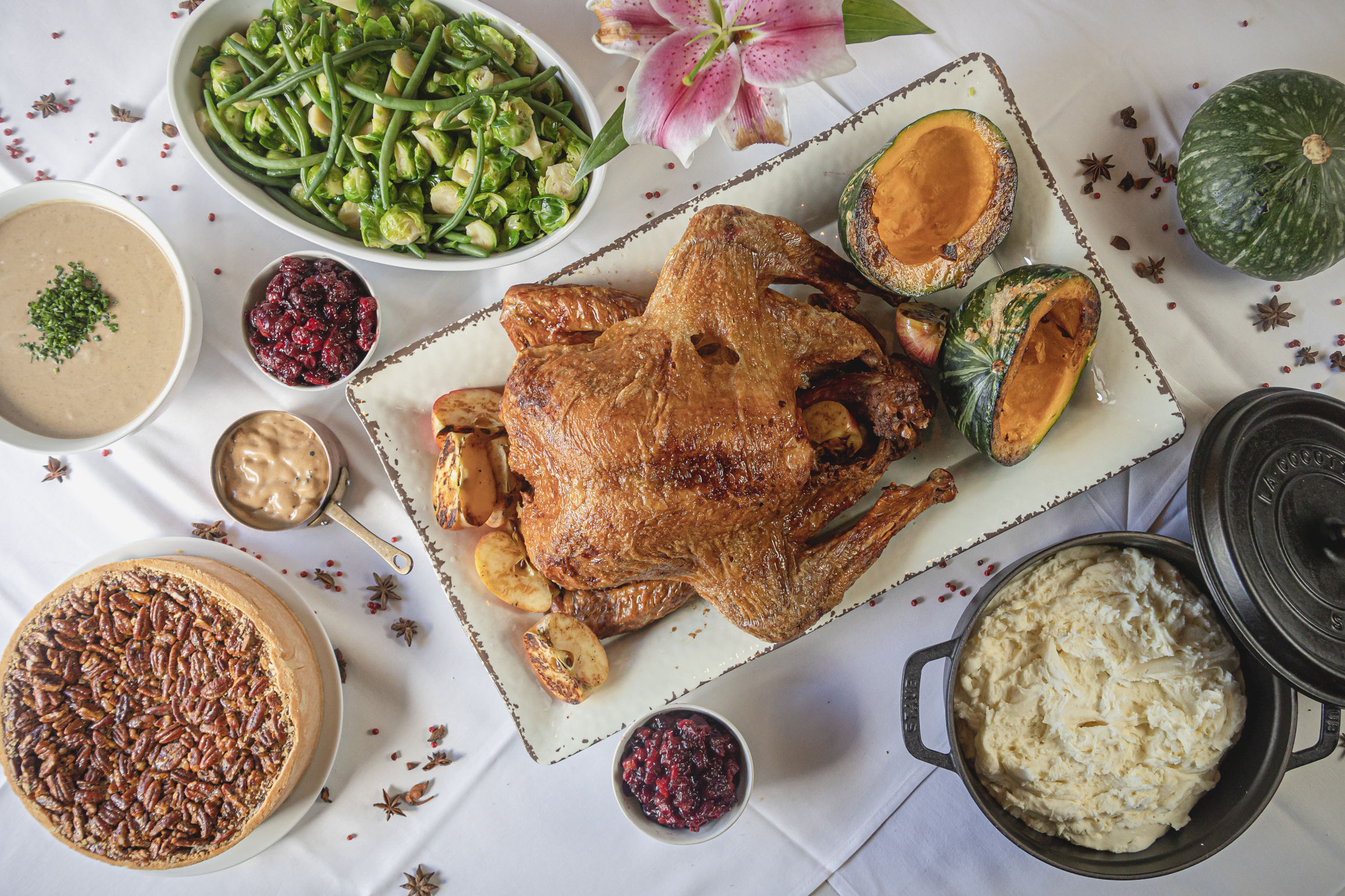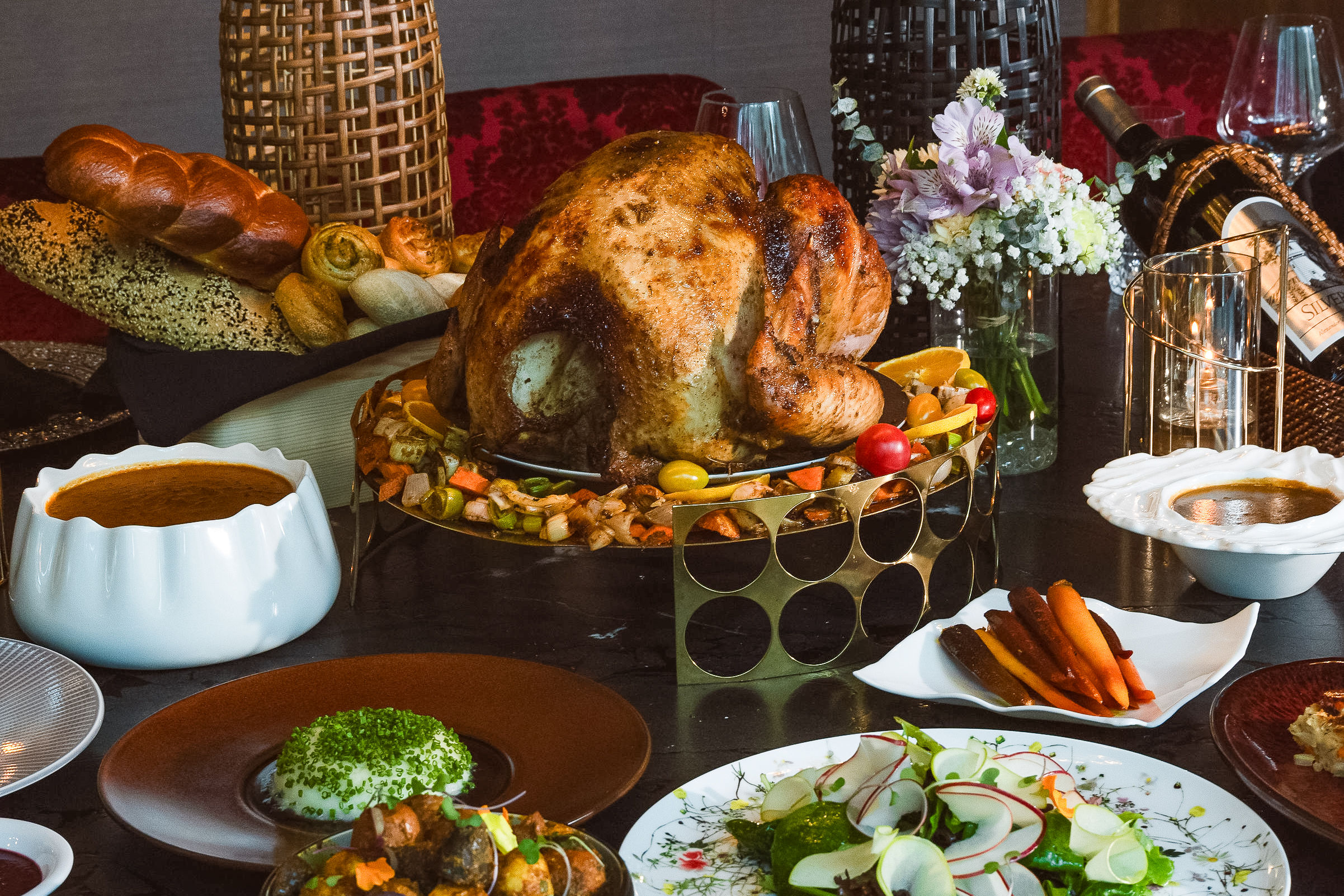The Spaghetti Cognoscenti
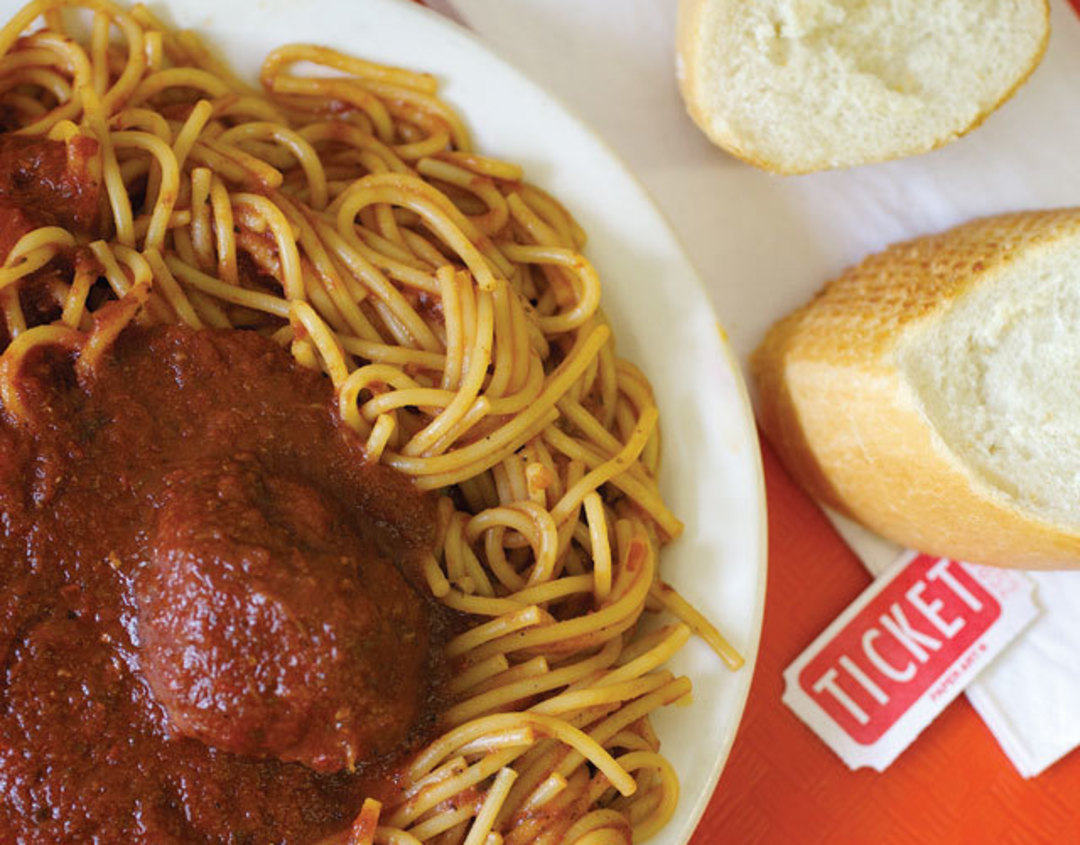
Spaghetti and meatballs at Sacred Heart Society’s Thursday lunch
Image: Laurie Smith
November brings the annual debate—Butterball versus organic; frozen versus fresh; brined or injected; stuffed or unstuffed—it’s that special time of year when opinions about poultry get heated and Grandma ends up in tears. My recent conversation with Calvin Trillin reminded me of his campaign to change the national Thanksgiving dish from turkey to spaghetti carbonara.
Turkey at the hands of the Pilgrims surely tasted awful anyway, so why hang on to a bad tradition? “Christopher Columbus, the man who may have brought linguine with clam sauce to this continent, was from Genoa, and obviously would have sooner acknowledged that the world was shaped like an isosceles triangle than to have eaten the sort of things that the English Puritans ate,” Trillin writes in his essay collection Third Helpings. “Also, I happen to love spaghetti carbonara.”
Instead of talking turkey, I would much rather argue with Trillin about what kind of spaghetti to serve for Thanksgiving. I love carbonara, but wouldn’t spaghetti in red gravy with meatballs and sausage be a better way to honor Chris Columbus?
Spaghetti in tomato sauce is, after all, a shining example of what historians call the “Columbian Exchange,” in which Old World crops like wheat and New World plants like tomatoes came together to improve the whole world’s cooking. Add some meatballs, and you’ve got the emblematic dish of Italian-American culture, served at Columbus Day celebrations everywhere.
Spaghetti was first sold in this city at the turn of the last century, around the time five million Italians, mainly from Southern Italy, were migrating to the US. “They used cheap ingredients—pasta, canned tomatoes, garlic—and they tried to recreate the simple, hearty cooking of southern Italy,” writes food scholar John Mariani in his book How Italian Food Conquered the World.
Food historians speculate that it was actually Anglos on these shores who first combined spaghetti and meatballs, rebelling against the Italian dictum that one should eat pasta first and meat second. Our sturdy pioneers liked their meat and potatoes on the same plate, and with lots of gravy—thus, the all-American dish.
In the rebuilding that followed World War II, pasta factories in Italy standardized the length of the once extremely long strands to fit a ten-inch box. By the 1950s, spaghetti consumption in Italy had doubled, and it was being exported all over the world. Spaghetti became an international icon of Italian culture.
In the America of that decade, Mussolini had already been forgotten—Frank Sinatra and Chef Boyardee were the Italians we saw on television. The average housewife had no idea how to make spaghetti, but commercials featuring the smiling mustachioed image of America’s first celebrity chef, whose real name was Ettore Boiardi, made it seem as easy as opening a can.
In 1953, the Houston chapter of the Sacred Heart Society began a weekly spaghetti lunch to bring the Italian American community together. The pasta was served with sugo, a traditional Sicilian red gravy that, in the Old Country, is often simmered with guanciale. In the Houston version, the tomatoes are slow-cooked with pigs’ feet, with meatballs and sausages served on the side.
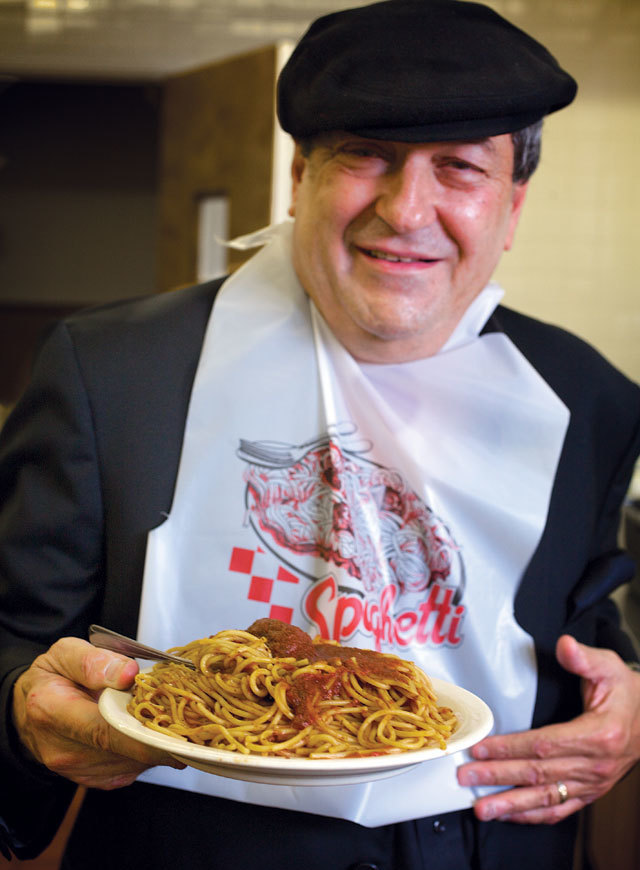
Tony Leago at the Sacred Heart Society’s Thursday lunch
Image: Laurie Smith
The first restaurant to sell spaghetti and pizza in Houston was Doyle’s, which opened on 34th Street in Oak Forest just a year after Sacred Heart began serving its lunches. All these decades later, the restaurant still serves spaghetti and meatballs the exact same way—with the sauce and meatballs ladled over the top of a pile of naked spaghetti.
But the first family of spaghetti in Houston is the Mandola clan. Vincent Mandola arrived in Houston in the late 1890s, having left his farming village in the Palermo region of Sicily. After years of working and saving, Vincent and his brothers opened a corner grocery in the East End, where they sold spaghetti and canned tomatoes along with Italian olive oil, salumi, cheese, and other ingredients to fellow immigrants.
Their descendants continued the family business, and the corner grocery was turned into a restaurant by Vincent’s son Frank. Sicilian-style spaghetti and meatballs is still the specialty at Mandola’s Deli on Leeland Street near the entrance to the University of Houston’s main campus. The restaurant also sells red sauce by the bottle, so you can replicate the spaghetti at home.
The most elegant of the Mandola restaurants is Damian’s on Smith Street in Midtown. Damian Mandola credits Tony Vallone of Tony’s fame for introducing him to Giuliano Bugialli’s book on pasta, a celebration of regional Italian dishes, most of them very simple. It was Mandola and Vallone who first dared to serve these authentic, meatball-free preparations in Houston. But to celebrate its 30th anniversary this year, Damian’s revived a favorite from the restaurant’s original menu, Momma Mandola’s spaghetti and meatballs.
“I was 17 when we moved to Houston, and I had never seen spaghetti and meatballs before. I kept trying to mash the meatballs up into the sauce,” my friend Paul Galvani, a marketing executive for an international rice and pasta conglomerate, told me recently over dinner at Damian’s. Galvani thinks spaghetti Bolognese is the best idea for Thanksgiving—but, since he grew up in an Italian restaurant family in London, he has no sentimental attachment to turkey.
Spaghetti in meaty tomato sauce is nicknamed “spag bol” in the UK. It’s Europe’s everyday pasta dish, their answer to our spaghetti and meatballs. It can be made with beef or veal, but as Galvani noted, “Veal was cheaper than beef in Europe.” Damian’s Bolognese sauce is made with chopped veal and tomatoes cooked with white wine and perfectly seasoned, in his opinion.
Galvani wasn’t fond of Damian’s spaghetti carbonara, which is made with a cream sauce—he prefers the authentic eggs-only version at Giacomo’s. But he insists the spaghetti carbonara he makes at home is the best. Like all aficionados of the dish, he has ritualistic fetishes about its preparation: it should be made with thin-sliced guanciale, grated Reggiano Parmesano, and fresh pasta from Fabio’s on Alabama.
Houston food writer J.C. Reid disagrees. For his epic four-part blog series, Reid traveled to Rome to sample the real thing, then returned home to Houston to recreate it. In the process, he parsed each aspect of the simple dish in minute detail.
Reid thinks the best pasta for the job is dried spaghetti from the Abruzzo region of Italy, which is made from local wheat and pure spring water and given a rough texture when extruded through ancient brass dies. Reid rejects Parmesan—only Pecorino Romano will do.
Which brings us back to the spaghetti-for-Thanksgiving campaign. I was probably naive to think that getting rid of the turkey would change the conversation much. Spaghetti geekery is no great improvement upon turkey geekery. In the end, it comes down to this: a nice bowl of spaghetti, however it’s made, is bound to taste better than Grandma’s roast turkey. (Sorry, Nana.)

